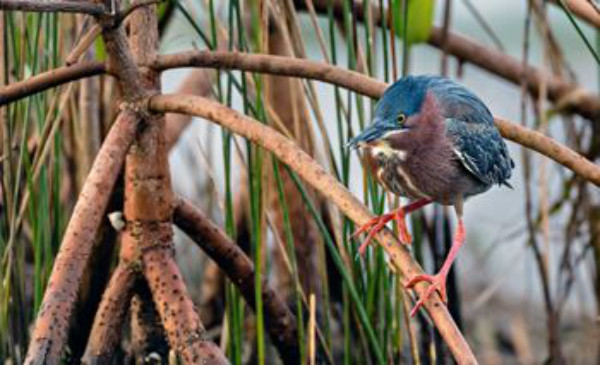Birding is a popular pastime and a fun way to get out for some light exercise. Plantation bike paths and byways preserve excellent bird habitat making our special place an excellent site to observe migratory species.

Search Our Website
Quick Links:
Birding is a popular pastime and a fun way to get out for some light exercise. Plantation bike paths and byways preserve excellent bird habitat making our special place an excellent site to observe migratory species.

More than 3 billion birds cross the Gulf of Mexico’s open water twice a year on their migration journeys, from their wintering grounds in Central America to northern Canada’s boreal forests. With St. George Island being one of the first landings available, the Plantation offers an essential stopover for rebuilding their strength to continue their arduous journey. Spring migrations last about six weeks from April to May, peaking in the last two weeks of April typically. Fall migration is a little more diffuse through October and November. Spring storm fronts and fall subtropical storms cause ‘fall-outs’ where the migrant birds suddenly land in great numbers for an exciting and remarkable few days. Keen birders will potentially see uncommon or rare species here.
There are also many native birds on the island, from egrets and herons to pelicans and osprey. Birders have reported at least 154 separate bird species within the Plantation among the broader set of the 294 species documented at the St. George Island State Park.
Download a checklist of bird species to help you get started.